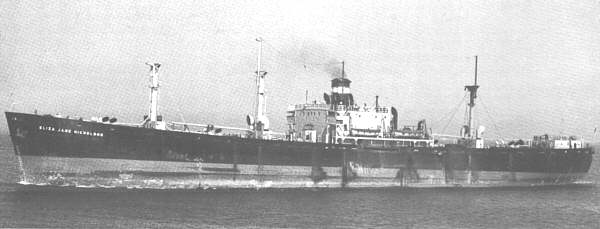Articles by Richard Crawford
What has become of the police force? The archives of the city show that there is such an organization here, yet . . . the criminal element has been holding high carnival during the last few days, “the guardians of the peace” have done nothing to indicate they are on duty. –San Diego Union, August 6, 1887.
Fighting crime in 1887 San Diego: Policing the City.
Â
With colorful names and extravagant claims, patent medicines sold widely in the United States in the late 1800s. The popular cure-alls of pills and syrups were advertised in every newspaper with bold woodcuts extolling the miraculous benefits of Hood’s Sarsaparilla to purify the blood, Cuticura Soap to prevent “disfiguring humours,” or Chaulmoogra, the “East India Cure” that promised relief for every ailment this side of the grave.
Here’s the story of the San Diego Medicine Show.
 Murray caught; on his way to San Diego. He gave up like a cuss. Terrible excitement. Parties have started out to catch and lynch him. Will keep them back all I can . . . —Thomas Weller, deputy constable, July 1889.
Murray caught; on his way to San Diego. He gave up like a cuss. Terrible excitement. Parties have started out to catch and lynch him. Will keep them back all I can . . . —Thomas Weller, deputy constable, July 1889.
A surprise telegram announcing the capture of an “assassin†came as a huge relief to all San Diegans. Only days before the county had been stunned by the slaying of Charles Wilson, the popular City Marshal of Oceanside. Now the “cold-blooded murderer from Texas‖as the newspapers called him–was in the hands of a posse and on his way to a jail cell in downtown San Diego.
The story of Killing the Marshal.
 Spalding is perhaps the world’s most recognized name in sporting goods. Less well-known is the man who founded the famous company: Albert Goodwill Spalding, a member of the baseball Hall of Fame, business magnate, and prominent San Diegan.
Spalding is perhaps the world’s most recognized name in sporting goods. Less well-known is the man who founded the famous company: Albert Goodwill Spalding, a member of the baseball Hall of Fame, business magnate, and prominent San Diegan.
The story of A. G. Spalding and San Diego.
The thrilling and fascinating spectacle of a San Diego-built plane, piloted by a famous army and air mail aviator, racing across the Atlantic Ocean . . . will be witnessed this summer. A contract for the construction of a monoplane for his proposed New York to Paris non-stop flight was awarded to the Ryan Aircraft Company of this city yesterday by Capt. Charles A. Lindbergh. –San Diego Union, March 1, 1927.
Read the story of Lindbergh and San Diego.
On a glassy sea under a clear sky, the Greek freighter SS Irini Stefanou steamed south in early February 1965. Carrying a heavy load of Canadian lumber, the former World War II Liberty ship was destined for London, via the Panama Canal. But its passage would end abruptly on the rocks of the San Benito Islands, 300 miles south of San Diego. . .
The story of a strange Shipwreck.
In war surplus biplanes, aviation pioneers T. Claude Ryan and B. Franklin Mahoney made history on March 1, 1925. The launch of their Los Angeles–San Diego Air Line, would be America’s first regularly scheduled, daily airline service. This is the story of America’s First Airline.
In 1909, a dry wave was growing in America. Temperance laws were slowing liquor sales in cities throughout the country. Saloons were a particular target. . .
This is the story of San Diego’s Anti-Saloonists Campaign.
We found ourselves in a large bar and billiard-room . . . Here I saw Lieutenant Derby, of the Topographical Engineers, an elderly gentlemen of emaciated appearance and serious cast of features. . .
“The effort of the American Legion to eliminate all un-American teachings from the schools of the nation has been a real success. . . . ”
In the 1930s, the social science textbooks authored by Dr. Harold Rugg were standard classroom fare in schools throughout the United States. But late in the decade, the books came under remarkable public scrutiny and were attacked as subversive and un-American.
Here’s the story of San Diego’s Textbook Controversy.











